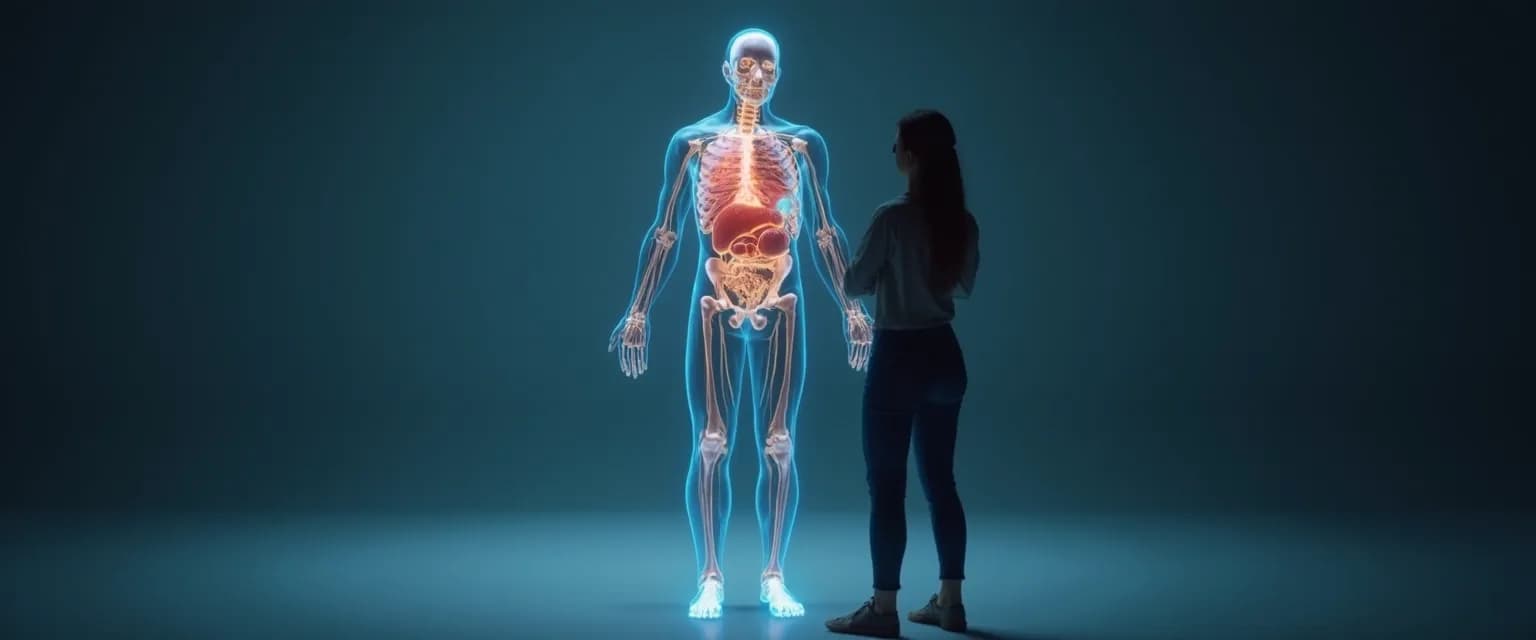What Self-Awareness Includes: The Physical Dimension Most People Miss
When most people think about self-awareness, they immediately focus on understanding their emotions, thoughts, and behaviors. But true self awareness includes a crucial dimension that many overlook: the physical body. This blind spot prevents us from accessing a wealth of information that our bodies constantly provide about our internal state. Complete self awareness includes recognizing physical sensations as valuable data points that offer insights just as meaningful as our emotional responses.
Your body speaks a language of its own—one that's surprisingly articulate when you learn to listen. The tension in your shoulders, the flutter in your stomach, or the way your posture shifts during certain conversations all contain valuable information. Effective self awareness includes this physical dimension because the mind and body are inextricably connected, forming a feedback loop that influences stress responses and emotional regulation.
Research shows that people who incorporate physical awareness into their self-understanding demonstrate greater emotional intelligence and decision-making abilities. Yet this bodily dimension remains the road less traveled on the journey to self-knowledge.
What Self-Awareness Includes: Recognizing Your Body's Signals
Best self awareness includes paying attention to tension patterns throughout your body. Notice how stress might manifest as a tight jaw, hunched shoulders, or a knot in your stomach. These physical reactions often precede conscious emotional awareness, giving you early warning signals about your internal state.
Energy fluctuations throughout your day provide another rich source of information. Self awareness includes tracking when you feel naturally energized versus depleted. These patterns reveal important insights about your biological rhythms, stress triggers, and activities that either nourish or drain you.
Your posture speaks volumes about your mental state. When confident, you naturally stand taller with an open chest. During insecurity or defensiveness, your body tends to close inward. Body language awareness creates a two-way street: noticing your posture helps identify emotional states, while intentionally adjusting posture can actually shift how you feel.
Breathing patterns offer immediate feedback about your stress levels. Shallow, rapid breathing activates your sympathetic nervous system (fight-or-flight response), while deep, slow breathing engages the parasympathetic system (rest-and-digest mode). Self awareness includes noticing these breathing patterns as they provide real-time data about your nervous system state.
Even subtle sensations like temperature changes, tingles, or heaviness in certain body areas carry meaningful information. These physical experiences often correspond to specific emotional states—butterflies with excitement, heaviness with sadness, warmth with connection.
How Complete Self-Awareness Includes Practical Body Check-ins
Let's explore practical self awareness includes techniques that incorporate the physical dimension. The body scan is a simple yet powerful practice: starting at your feet and moving upward, notice any sensations present in each area without judgment. This creates a physical awareness baseline and helps identify where you hold tension.
When facing difficult emotions, self awareness includes pausing to notice physical manifestations first. Ask yourself: "Where do I feel this in my body?" This question bridges the gap between abstract emotions and concrete physical experiences, making emotional states more tangible and manageable.
Simple physical check-ins throughout the day enhance your self-awareness practice. Set reminders to notice your posture, breathing pattern, or areas of tension. These regular self-assessments help interrupt autopilot mode and bring awareness to habitual physical patterns.
The "feet, seat, back" technique offers a quick reset: feel your feet on the ground, notice the pressure of your seat on the chair, and sense your back's position. This three-point check brings you into present-moment awareness in just seconds.
Integrating Physical Awareness into Your Self-Awareness Practice
Comprehensive self awareness includes both emotional and physical dimensions working together. This integration creates a more nuanced understanding of yourself than either component alone could provide. When you recognize physical sensations as early warning systems for emotional states, you gain precious moments to respond rather than react.
Start small by dedicating just 30 seconds several times daily to notice physical sensations. Gradually expand this practice to include mapping connections between specific sensations and emotional states. This builds a personal physical-emotional dictionary that enhances your self-understanding.
Remember that complete self awareness includes honoring your body's wisdom alongside your cognitive insights. By recognizing and respecting both dimensions, you access a fuller picture of your internal landscape and develop greater capacity for emotional regulation, authentic connection, and aligned decision-making.




